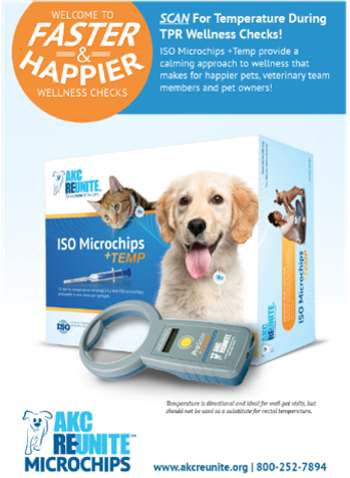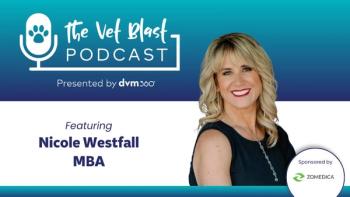
Welfare Quality and Stress in Working, Breeding Horses
The relationship between welfare quality and the neutrophil:lymphocyte ratio can provide important insights into a working or breeding horse’s living environment.
Animal welfare encompasses 5 freedoms: (1) freedom from hunger and thirst; (2) freedom from discomfort; (3) freedom from pain, injury, or disease; (4) freedom from fear and distress; and (5) freedom to express normal behavior. The quality of animal welfare can decrease if an animal experiences chronic or acute and intense stress to which it cannot adequately adapt.
In horses, stress is typically assessed using such physiologic measures as cortisol levels and heart rate variability. The neutrophil:lymphocyte ratio (NLR), which is an absolute count of neutrophils and lymphocytes, serves as a systemic inflammation marker and can also reliably measure stress; it increases during a stressful event, then normalizes after the stressful event.
For a recent
RELATED:
- When the Pressure Is On: Stress and Learning in Horses
- WVC 2017: Pain Control for the Aging Horse
Until the current study, the relationship between welfare quality and NLR in horses had not been evaluated.
Evaluation
The researchers tested 1482 working and breeding horses in the winter and summer. To determine welfare quality, behavioral and health parameters related to the 5 freedoms were assessed. Examples of the parameters are as follows:
- Body lesions (freedom from pain, injury, or disease)
- Body condition score (freedom from hunger and thirst)
- Response to the assessor approaching, touching, and walking beside the horse (freedom from fear and distress)
Each parameter was scored, with each horse receiving a welfare score that was a sum of all parameter scores. A high welfare score indicated high welfare quality.
To calculate the NLR, the researchers collected peripheral blood samples in the winter and summer and performed a differential white blood cell count.
Results
Welfare Assessment
Compared with breeding horses, working horses experienced more health problems that were suggestive of poor welfare quality, including:
- Body lesions
- Poor body condition score
- Swollen tendons and joints
- Rump and abdomen fecal soiling
Also, less than 10% of the working horses received ad libitum drinking water—a striking departure from basic animal welfare requirements, noted the authors.
In general, breeding horses were healthier because they received better and more regular veterinary care.
Working and breeding horses had limited freedom to express normal behavior. For example, working horses were housed more frequently with other mammals than with other horses. Also, the breeding stallions had no access to free exercise.
Nearly all horses were alert, regardless of season. When responding to the assessor, some working and breeding horses became increasingly fearful, potentially because of the assessor’s inappropriate attitude; other horses became friendlier.
Welfare scores were significantly lower for working horses than breeding horses, but did not vary between seasons within horse categories.
The NLR was significantly higher in working horses than in breeding horses regardless of season, and was negatively correlated with welfare score (eg, high NLR, low welfare score). The inverse relationship between the NLR and welfare score highlighted “the efficiency of the [NLR] in identifying the acute and chronic stress conditions in the living environment of the animals,” the researchers wrote.
Bringing It Together
According to the researchers, “Identifying the welfare problems is the starting point for actions taken to improve the life quality of [the horses]” involved in this study. Achieving an adequate balance between work and welfare for working horses, they noted, “can be achieved by understanding and fulfilling the horses' needs and allocating resources for their welfare.”
Dr. Pendergrass received her Doctor of Veterinary Medicine degree from the Virginia-Maryland College of Veterinary Medicine. Following veterinary school, she completed a postdoctoral fellowship at Emory University’s Yerkes National Primate Research Center. Dr. Pendergrass is the founder and owner of
Newsletter
From exam room tips to practice management insights, get trusted veterinary news delivered straight to your inbox—subscribe to dvm360.





